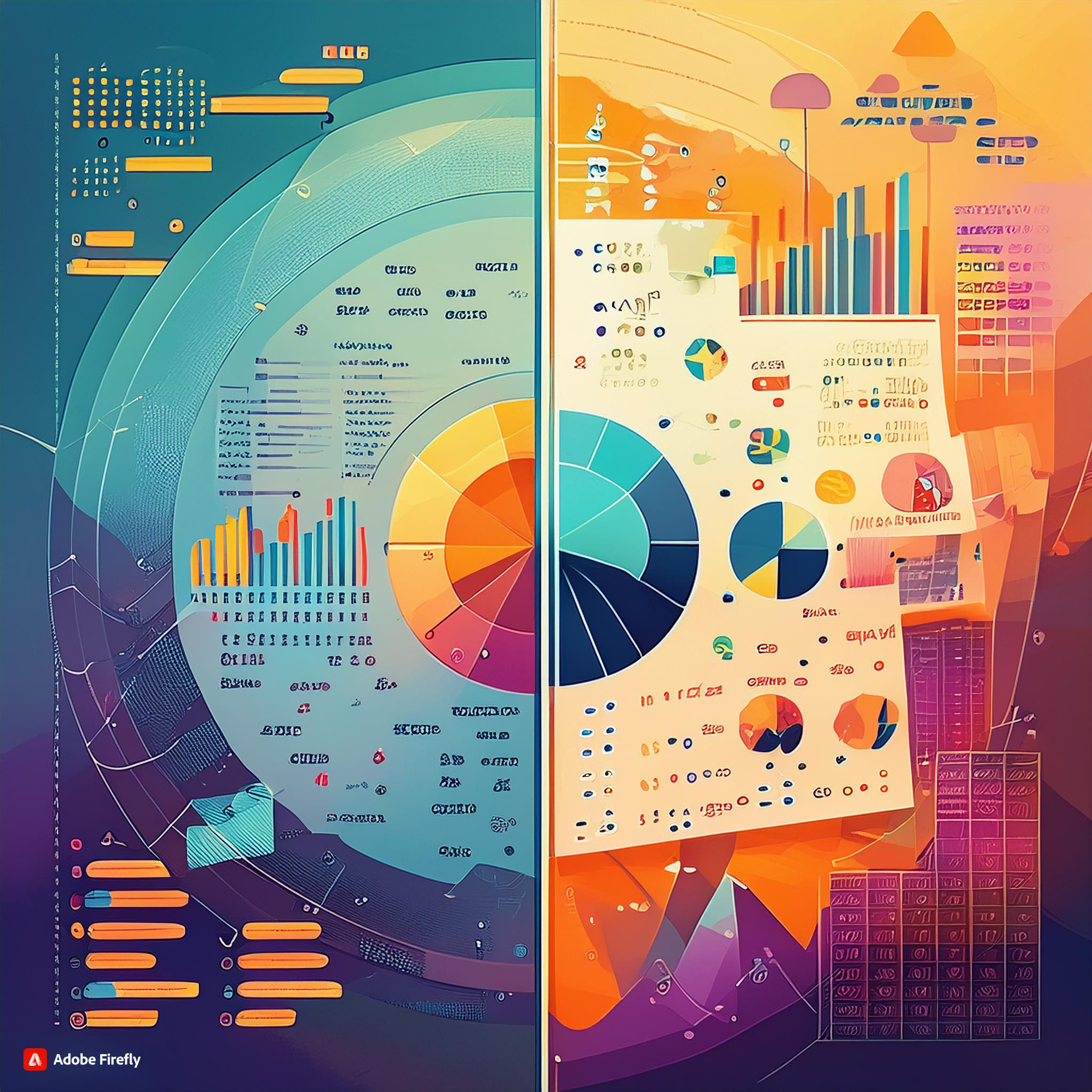How I solved a big data problem by providing instant access to business critical information for multiple user types

The challenge
My client had identified a problem with how important data, used by different users, wasn’t displayed, disseminated, interpreted or generated very well.
For a global company, using an excel sheet of 40,000+ rows to help internal stakeholders make critical decisions wasn’t acceptable. It was generated by a single person but needed by hundreds of people. By the time they got access to the data, it was out of date. When they did finally get it, they didn’t know what to do with it!
The plan
We roughly knew what the problem was, so we set-up a plan that followed a newly created UX Design process that I made for the agency. I was careful to keep a lean UX approach as the client and some internal team members weren’t very familiar with UX Design processes or activities. The plan followed this process and outputs (with Development being done by our dev team)…
Discover > Define > Design > Develop > Deliver

I mapped out activities and outputs aligned with the above process that would see us solving the problem the client had, while keeping the user at the heart of the solution. I was adamant that we didn’t solutionise anything before getting into the Define stage.
Discover
This early part of the process allowed me to really understand a few elements to the project…
- What was the real problem?
- Who were our key users and audience?
- In what capacity did they need to use this data?
- What was most valuable to them?
- What was the business goal/objective?
- What did success look like?
In order to answer the above questions, I arranged for surveys and interviews of both key stakeholders and end-users to be undertaken, asking open and closed questions in order to get a better picture of both business and user needs.
This was also carried out in conjunction with an audit of existing assets and tools available at this global company. From assessing that huge excel sheet and beyond. I worked with our PMs and Developers to formalise project documentation before moving into the next phase
Define
After our initial research, I conducted a workshop with our ‘working team’ in order to develop some proto-personas, high-level sitemaps, information architecture and user stories.
During the workshop we also started to ideate possible solutions by creating wireframe sketches, user journeys and a low-fi prototype.
We then set clear goals and KPIs so we could easily measure the success of the project.
After all this information was collaboratively generated (being validated as we went along), I took it back to the office and started to define the solution in more detail. Using a whiteboard, post-it notes and tape, I worked with a multidisciplinary team to come to the final idea.
Design
Now I had defined a clear direction, I started to develop low-fi wireframes showing how we might present this data to different audiences, considering all details such as SSO log-in, ADFS attributes, key data points, example data visualisation and page templates. Here I used Sketch to lay it out.
I stitched together a prototype in InVision and tested it with our audience using a simple usability test. It was done remotely with the target audience using Lookback, and in person with the product owners. Using the objectives of the solution and the needs of our users, I created test scenarios:
“Navigate to find project X”
“Search for X attribute on project X”
“Load up the budget calculator”
“How many ongoing projects are there in country X?”
I took this information and fed this into the next iteration of the project, where I worked with a visual designer to create the User Interface (it required a brand of its own). This was again validated with key stakeholders and end users before going into development.

Development
I worked closely with 2 very talented developers and a PM in order to execute the solution I’d created in the previous 3 phases. I knew the product, the business and the users like the back of my hand and I wanted to help our devs have the same level of knowledge as me in most areas, they could then do a great, informed job at building something useful. This involved stand-ups everyday to cover any blockers and if they had any further questions on the UX Design of the product.
I also QA tested it to ensure user journeys and edge cases were accounted for. I worked on anything that was wrong or missing to ensure a polished, robust product that our users will love.
In addition to the above, I used my knowledge of GA, GTM and Hotjar to ensure we were tracking KPIs and conversion points accurately, so we could measure the success of the product post launch.
Deliver
This part of the process was very much a CRO exercise where I periodically measured the success of our KPIs and reviewed where we could optimise the user journey in order to increase our conversion rate.
Finally, the last part of the exercise was developing a product roadmap. I’d already had a great insight into the user and business requirements, so I could easily see opportunity to add further value
Conclusion
The job was a complete success from start to finish; being on time and on-budget. Early feedback was incredible…
“Josh was absolutely critical to have involved in our upcoming Senior Sponsor/Leadership demo’s and discussions”
“I heard you were good, but I didn’t know you were that good. You’ve exceeded all expectations!”

You must be logged in to post a comment.